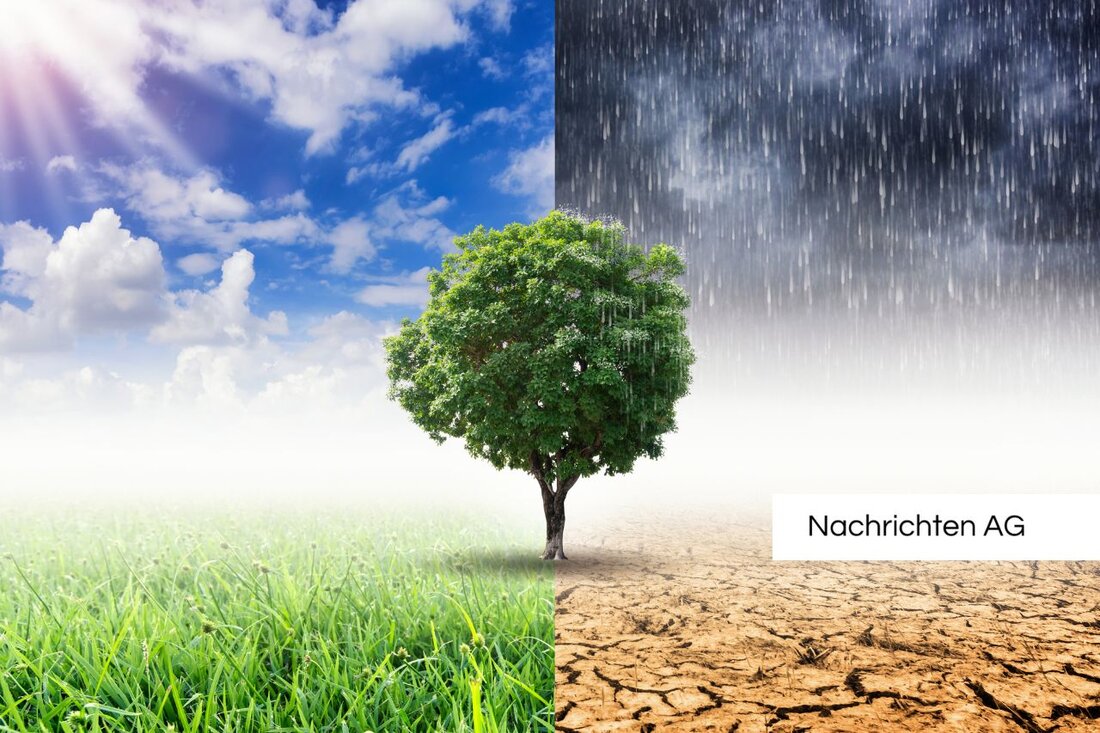Floods on the Baltic Sea: Current water levels and risk of storm surges!
Find out everything about the storm surges on the Baltic Sea near Kiel and the current water levels as of July 10, 2025.

Floods on the Baltic Sea: Current water levels and risk of storm surges!
Flooding in the coastal regions of Germany remains an issue that concerns many people. The Baltic Sea in particular is frequented by storm surges that occur several times a year. How KN Online reported, there were already five such storm surges in this region between July 2022 and June 2023. The same period last year had even more to offer, with a total of seven storm surges in the 2021/2022 season.
The water levels show how often floods hit the coastal regions: The Baltic Sea is considered an active body of water in which days with storm surges are not uncommon. On the other hand, only two low water events were recorded in the 2022/2023 season, highlighting the volatile water levels.
Storm surges and their effects
The storm surge classes on the German Baltic Sea coast provide information about the severity of such events. A storm surge is defined as a rise in water of 1.00 to 1.25 meters above the mean water level. In medium storm surges it is already between 1.25 and 1.50 meters, while severe storm surges can even reach 1.50 to 2.00 meters. Above 2.00 meters one speaks of a very severe storm surge. These types of natural disasters demonstrate the importance of preventive measures and education.
The weather situation is often crucial: strong winds, especially from westerly directions on the North Sea coast or northerly directions in Lower Saxony, cause dangerous storm surges. The rise in sea level due to climate change also plays a role, as it increases the initial level for storm surges. The Federal Environment Agency illustrates that storm surges are considered one of the greatest dangers in coastal areas.
Current water levels and warning measures
The current water levels demonstrate the unpredictable conditions on the coast every day. On July 10, 2025, the water levels in the North Sea were 538 cm, which means an increase of 13 cm above the mean water level. During the course of the day, these values were further recorded at various points, for example on the Elbe with a water level of 631 cm. HSI Schleswig-Holstein currently provides the most relevant water levels, which show a comprehensive picture of the flood situation in the region.
Flood warnings are organized to provide safety for residents and visitors to the coast. Responsibility lies with the federal, state and local rescue services. Appropriate warning channels include radio and television, loudspeaker trucks and social media to reach as many people as possible in an emergency.
But how do you react in the event of a storm surge? The rules of conduct are clear: turn off electricity and gas, secure personal belongings and set up planned escape routes. In an emergency, people should retreat to higher floors and have all the necessary emergency numbers ready. These measures are crucial to stay safe in such critical situations.

 Suche
Suche
 Mein Konto
Mein Konto